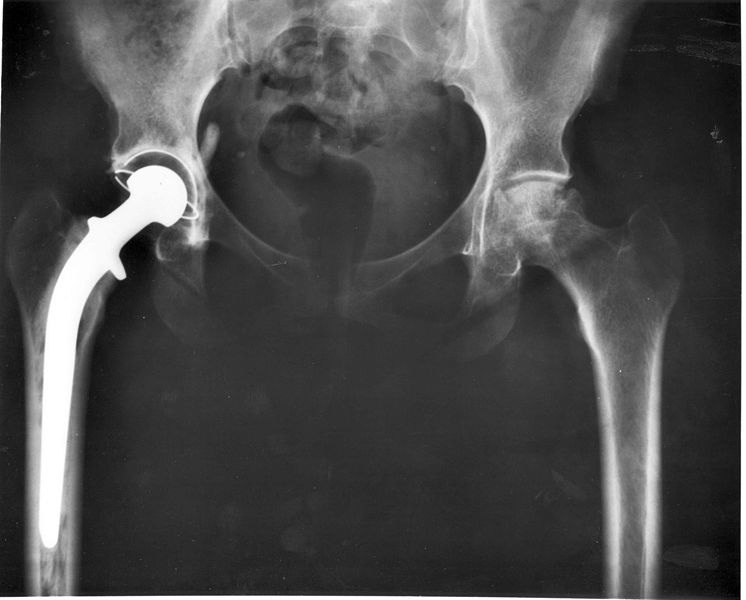Anatomical hip simulator aims for improved surgical outcomes
An anatomical hip simulator is being developed in the UK to advance the understanding of hip shape and motion and improve outcomes for hip replacement patients.


Around 80 million people worldwide suffer from hip osteoarthritis, of whom an increasing number require a replacement joint.
In England and Wales alone, 90,000 hip replacements are carried out each year.
While the majority of these replacements are considered a success, an increasing number of people are finding they do not regain the level of movement they were hoping for after surgery. What’s more, some replacements fail in the early stages due to mechanical problems with the artificial hip.
The simulator, being developed by a team led by Dr Sophie Williams at Leeds University with £1m funding from EPSRC, will allow the researchers to investigate the mechanical performance of hip joints - both “phantoms” designed to mimic real hips and artificial replacement components - when pushed to extremes of motion.
“Computer simulations are great, and they enable us to go through lots of different variables very quickly, but we need to understand what is physically happening to the materials,” said Williams.
Register now to continue reading
Thanks for visiting The Engineer. You’ve now reached your monthly limit of news stories. Register for free to unlock unlimited access to all of our news coverage, as well as premium content including opinion, in-depth features and special reports.
Benefits of registering
-
In-depth insights and coverage of key emerging trends
-
Unrestricted access to special reports throughout the year
-
Daily technology news delivered straight to your inbox










Water Sector Talent Exodus Could Cripple The Sector
Maybe if things are essential for the running of a country and we want to pay a fair price we should be running these utilities on a not for profit...